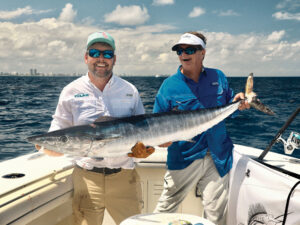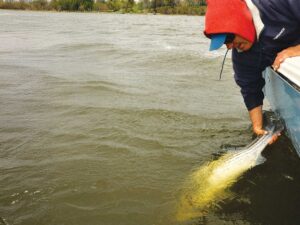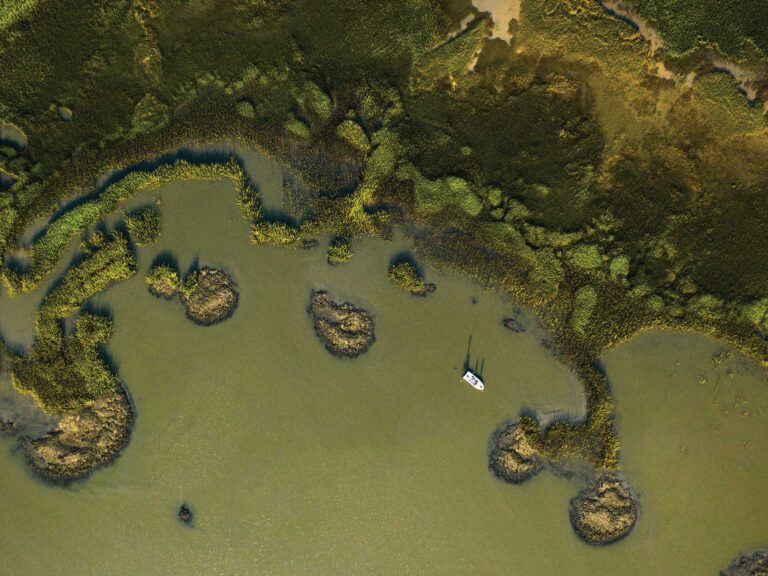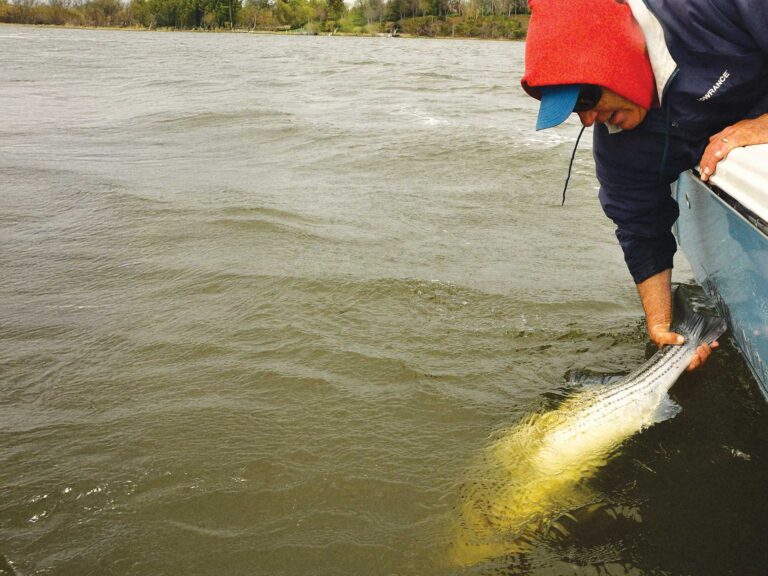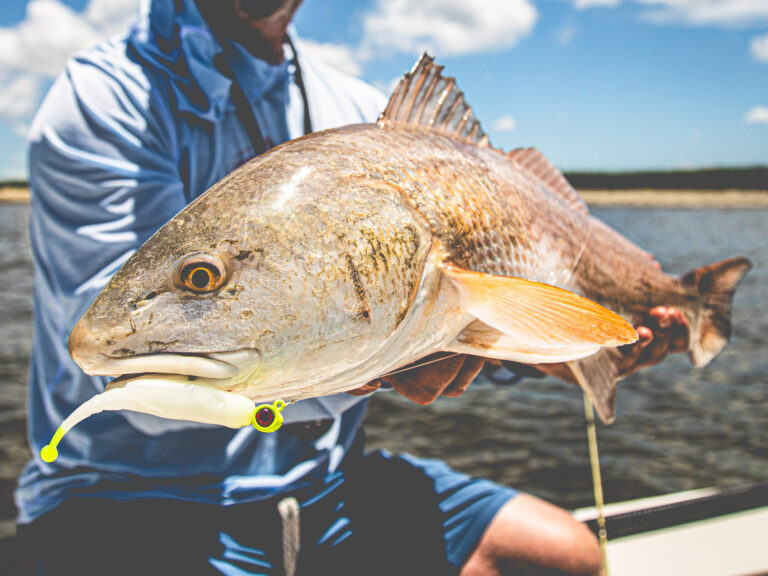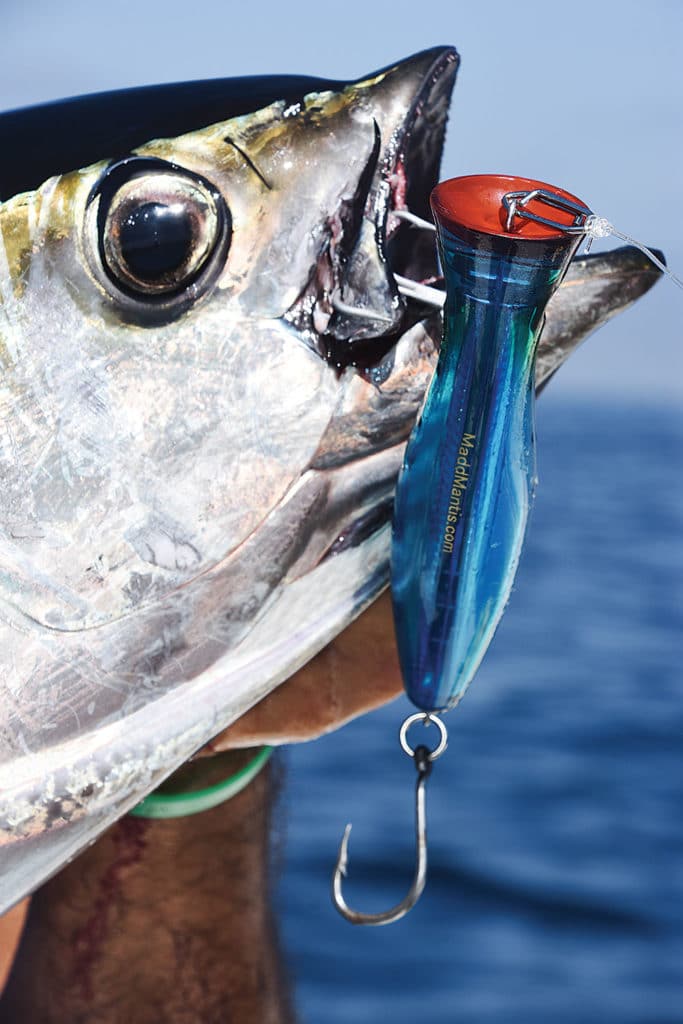
Ed rolled his eyes when I stepped on board with a handful of spinning rods. “Put those down in the cabin,” he said in his usual gruff way. One of the things I liked about Ed was his low tolerance for the unnecessary. Before the day was up, though, I would make him a believer.
We weren’t 40 miles out before I saw a blow in the distance, then two more right next to it. “Whales at 11 o’clock!” I screamed. Ed turned to port and eased back on the throttle. While his son readied the trolling spread, I -disappeared into the cabin.
Four rods were out, with a fifth deployed when we passed the whales. I ran up to the bow as Ed frowned and let a stickbait fly in that direction. One sweep of the rod tip and bang, the water exploded. I was tight. “Clear the lines!” Ed screamed as the reel dumped line. A little over an hour later, a beautiful 150-pound bluefin flopped on the deck.
The Revolution
I’ve always been a light-tackle guy. Thus, fishing relatively light spinning gear for sizable tuna is right up my alley. Years ago, when I started running offshore, that’s what I focused on, and in recent years, I—and a bunch of others—have been wildly successful. More and more, anglers are ditching the trolling gear.
Lately, from Maryland to Rhode Island, we’ve had tuna, lots of them, on the 30-fathom curve. Why are they there? Sand eels—massive aggregations of them have brought bluefin and yellowfin tuna. While it is sometimes a troll bite early in the season, it often gets to the point where spinning gear is an advantage, because trolling often puts them down.
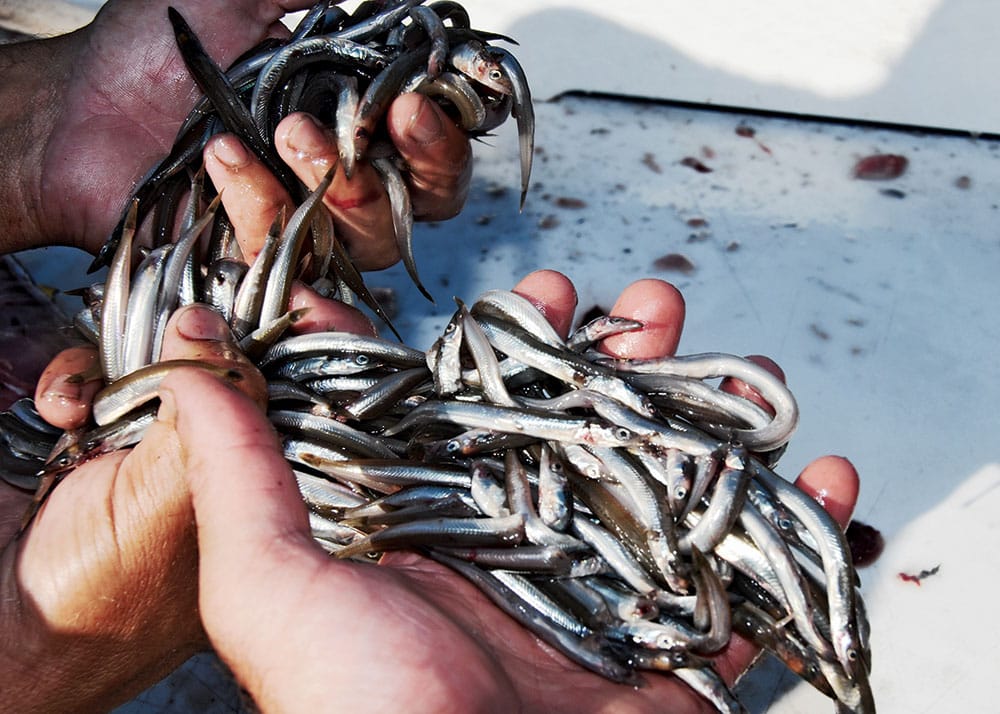
Generally, in early to mid-June, when the water approaches the mid-60s, the bluefins in the 150- to 200-pound range get on the sand eels. In July, those are replaced by 60- to 80-pounders. After July, when the yellowfins find the sand eels, you don’t see another bluefin until December.
“Light” Tackle?
Spin tackle is light compared to trolling gear, but it’s heavy-duty. “This is specialized,” says Sami Ghandour, owner of Saltywater Tackle in Sayreville, New Jersey. “If you don’t have top-of-the-line gear, forget about it.”
Tuna-grade reels are a requirement. “These fish will destroy cheap reels,” says Capt. Gene Quigley of Shore Catch. “You need at least 40 pounds of smooth drag. If you don’t put the screws to them in the first 30 minutes, you could be in for a long battle.”
Shimano Stella 18000 to 20000 reels seem to be the standard, but -plenty of manufacturers produce tuna–grade gear. Daiwa Dogfight reels have a following. Some like the -durability of the Van Staal VSB250. The Cabo CSP120PTsE, less expensive, offers astounding drag and holds up well.
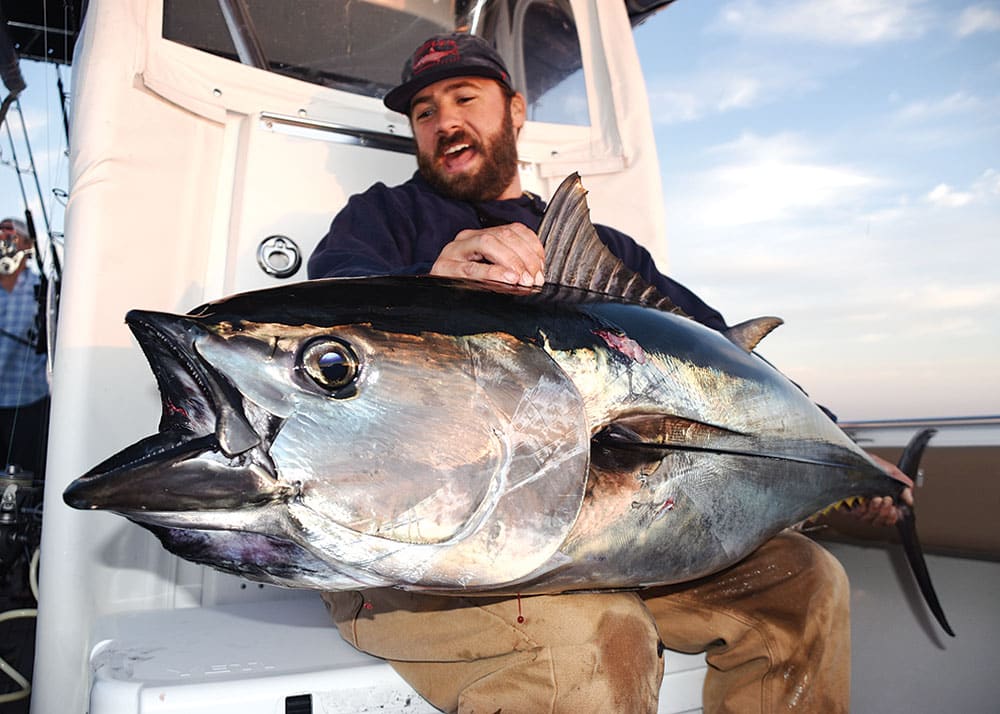
Rods are generally 7½ to 8½ feet, soft enough to cast a 3-ounce stickbait, but with enough backbone to pressure a 200-pound tuna. Longer rods allow longer casts, key in this fishery. You’ve got to cast far and fast, because the fish move fast. Saltwater Tackle’s Race Point series pioneered such rods, but other rods such as those made by Centaur are more than up for the task.
Read Next: Mid-Atlantic Yellowfin Tuna Fishing
Most anglers fish 80-pound braid to 125-pound. For fluorocarbon leaders, 80-pound is the minimum, with 125-pound tops. Generally, braid is attached to leader using a Slim Beauty or a PR knot. Wind-on leaders are an option, with hollow-core line. For the bitter end, most anglers use a 200-pound Spro Swivel tied on with a clinch knot, and a 150- or 185-pound split ring -attached to the other side.
Plugged Up
Stickbaits work. While not impressive to look at, they produce, even when the tuna aren’t showing.
You cast, reel in the slack, sweep, then reel in the slack and repeat. It’s a counterintuitive slow retrieve. The plug dives during the sweep, moving back and forth. During the pause, it pops to the surface. Ninety percent of the time, tuna crash them during that pause when the plug is bobbing on the surface.
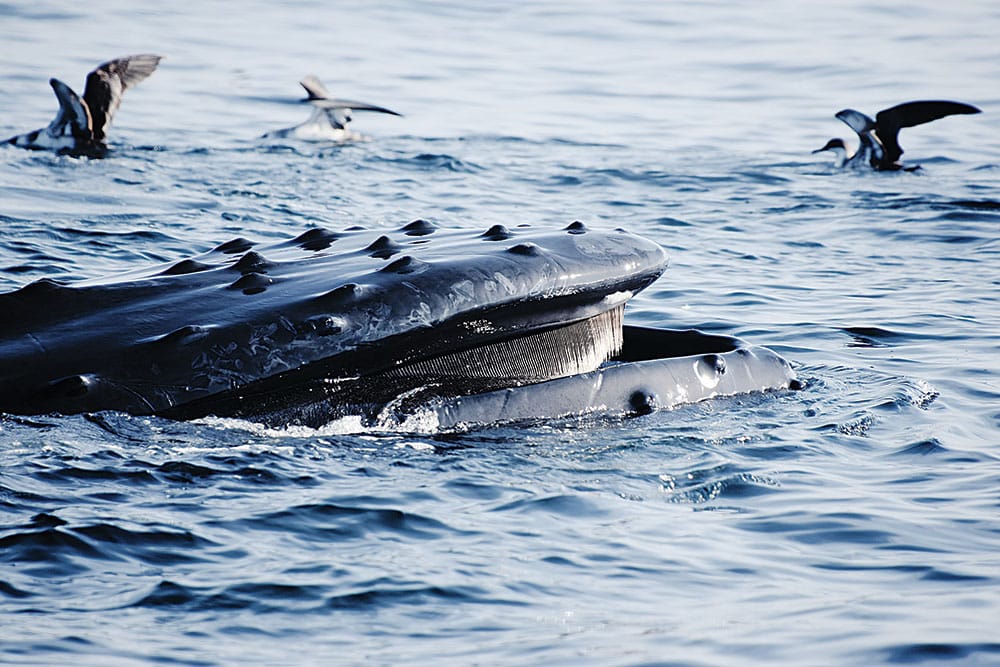
If it’s choppy out, though, you’ll need to use sinking versions, but the action is the same, and most of the hits still occur on the pause.
There are a ton of tuna-grade stickbaits out there right now. Some good starter plugs are the floating Shimano Orca, the Daiwa Dorado Slider and the Siren Deep Seductress. One of our favorites is the Nomad Riptide in the Holy Ghost color.
While stickbaits are generally the first choice, tuna will crush a popper. Sometimes poppers work better, and every year is different. In recent years, it seems like more fish are taken on poppers.
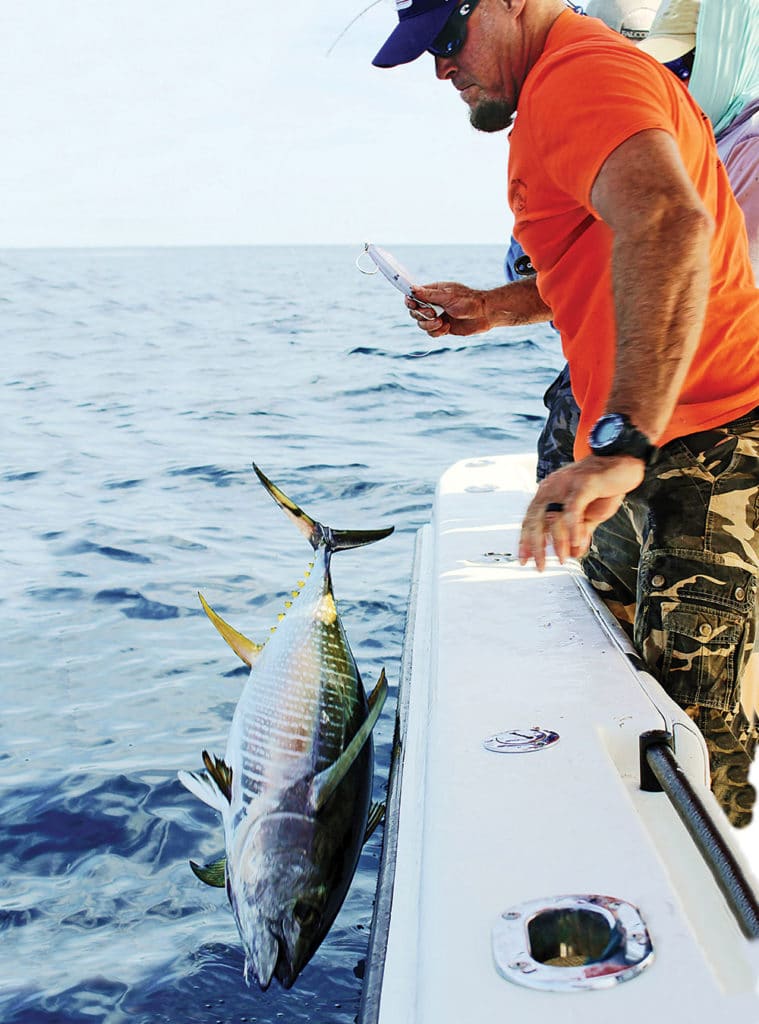
Again, tuna-ready models abound. Good choices are the 6½-inch Madd Mantis Atasi Popper and the 6-inch Chug Norris by Nomad Tackle. Again, slower is better. Pop and pause.
While it’s tempting to do things that you’ve always done, get out of the box a bit and try the light-tackle and spin-gear stuff for tuna. Because it’s -downright awesome.
Rods
7 1⁄2- to 8 1⁄2-foot spinning or popping rods
Reels
Shimano Stella 1800, Van Staal VSB250, or equivalent reel, with hefty drag
Lines
80- to 125-pound braid; 80- to 120-pound fluoro leader
Lures
6- to 9-inch tuna-grade stickbaits and poppers: 61⁄2-inch Madd Mantis Atasi Popper, 6-inch Chug Norris by Nomad Tackle, Shimano Orca, Daiwa Dorado Slider, Siren Deep Seductress, RonZ or Hogy Tuna Harness Jig
What
Bluefin and yellowfin tuna
Where
Maryland to Massachusetts
When
June to September
Who
North and Central New Jersey: Capt. Gene Quigley, shorecatch.com
New York (Oceanside): Capt. John McMurray, nyctuna.com
Cape Cod, Massachusetts: Capt. Josh Zacharias, outermostangling.com

